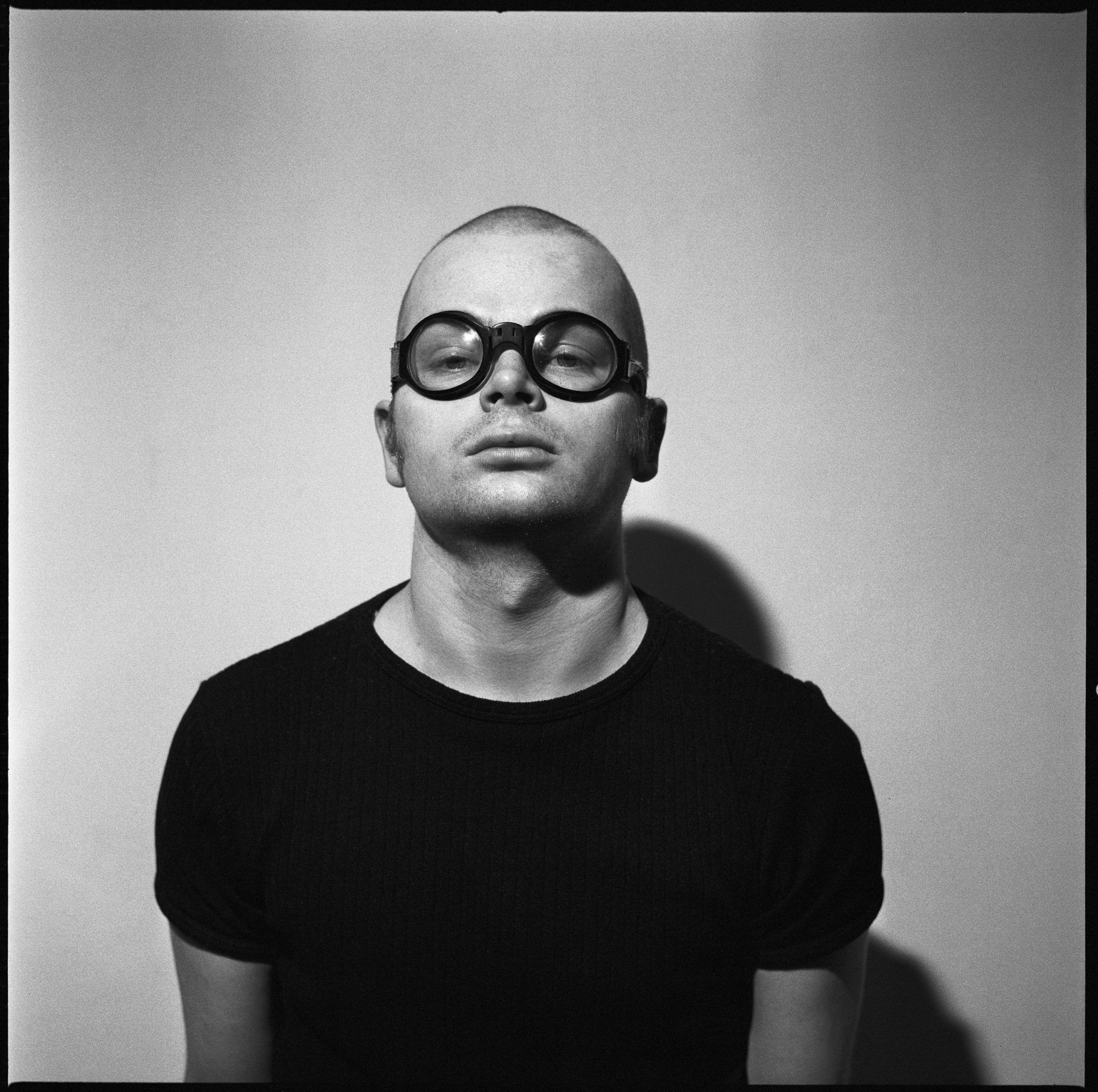Angesichts der dramatischen Biografie des 1970 mit 29 Jahren verstorbenen zwischen deutscher Pop-Art und figurativem Realismus angesiedelten Künstlers Uwe Lausen mag der Titel „Ende schön alles schön“ der im März in der SCHIRN KUNSTHALLE eröffneten Retrospektive manch einem vielleicht merkwürdig erscheinen. Doch stammt er von Uwe Lausen selbst. In seiner zynisch-provokativen Art gab er ihn einem seiner Gemälde, auf dem ein Killer zu sehen ist, der nach vollzogener Tat gerade dabei ist, sein Maschinengewehr nachzuladen.
Dieser Titel verleitet nun – da die Ausstellung an ihrer zweiten Station in München im Museum Villa Stuck zu Ende ist, um anschließend in der Sammlung Falckenberg in Hamburg eröffnet zu werden, zu einem Resümee. Wie wurde die Ausstellung in Frankfurt aufgenommen, wo Lausen, obgleich er persönliche Kontakte in der Stadt pflegte und kurz vor seinem Tod auch für einige Zeit dort Unterschlupf fand, kaum jemandem bekannt gewesen sein dürfte. Welche Konsequenzen hatte sie für die Rezeption seines bisher nur Insidern geläufigen Werks?

Der bekannte Galerist und Sammler Heiner Friedrich hatte 1966 auf die Frage nach den gerade angesagten Künstlern ganz selbstverständlich Uwe Lausen in einem Atemzug mit Georg Baselitz, Gerhard Richter, Sigmar Polke und Cy Twombly genannt. Was in den 1960er-Jahren vor dem Hintergrund von Lausens Ausstellungen in renommierten Galerien, seinen Beteiligungen an wichtigen Gruppenschauen und Ankäufen von öffentlichen Sammlungen wie der Staatsgalerie Stuttgart, den Bayerischen Staatsgemäldesammlungen München oder der Städtische Galerie Wolfsburg berechtigt scheint, muss heute neu bewertet werden.
Neubestimmung des Werks
Nachdem der Maler über 40 Jahre in Vergessenheit geraten war – sieht man von der umfangreichen Retrospektive im Münchner Lenbachhaus 1984 einmal ab – geht es nun nicht nur um seine Wiederentdeckung, sondern auch die Neubestimmung seines Werks, das bisher außer in dem vergriffenen Katalog von 1984 kaum übersehbar war.
Dafür bieten nun der anlässlich der SCHIRN-Retrospektive erschienene Ausstellungskatalog und das zur zweiten Station in München publizierte Werkverzeichnis gerade auch im Zusammenspiel mit den Folgestationen, in denen sich die Ausstellungen, an der engen Verknüpfung von Leben und Werk festhaltend, immer wieder anders definiert, den nötigen Raum.
Das überaus dichte, sehr positive Medienecho, das Lausen durchgängig als einen Künstler hervorhebt, der wie kein anderer das explosiv-beklemmende Klima der 1960er-Jahre in seinen Bildern und Texten festhält und dabei, als Autodidakt mit hohem Risiko durch die verschiedenen Kunstrichtungen seiner Zeit streifend, bereits nach wenigen Jahren zu seiner sehr eigenen Bildsprache findet, trägt ebenfalls seinen Teil dazu bei.
Nun darf man gespannt sein, wie die Entwicklung nun nach einem Heimspiel in München in Hamburg weitergeht, wo gerade die Nähe zur spannenden Sammlung von Harald Falckenberg möglicherweise neue Bezüge sichtbar werden lässt.
Selima Niggl
Selima Niggl hat die Ausstellung Uwe Lausen, „Ende schön alles schön“, gemeinsam mit Pia Dornacher kuratiert.
Website des Museums Villa Stuck, München
Website der Sammlung Falckenberg, Hamburg-Harburg
